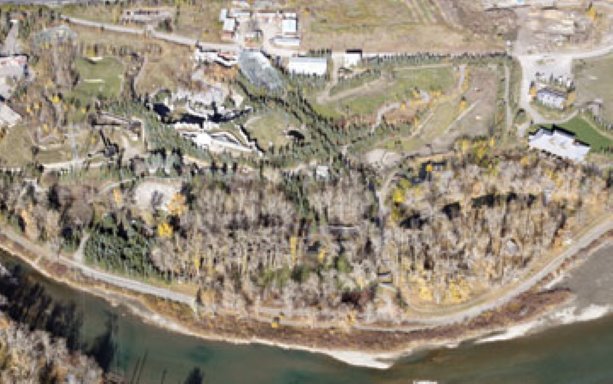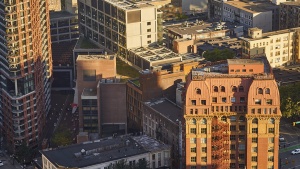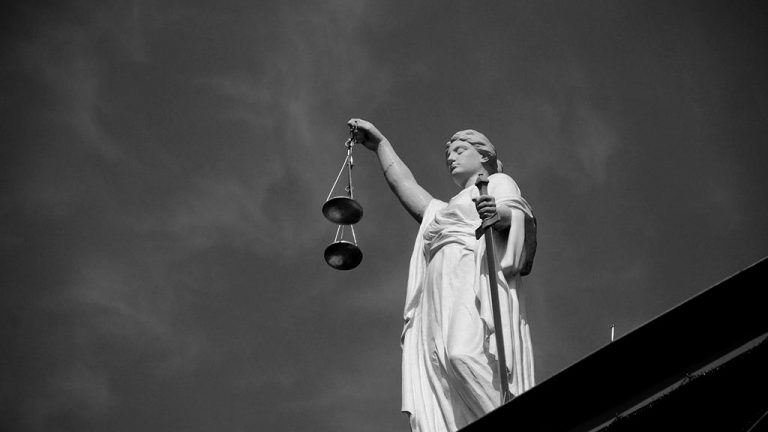Old landfills may be an eyesore and environmentally sensitive, but sometimes it’s best to let sleeping dogs lie.
Old landfills may be an eyesore and environmentally sensitive, but sometimes it’s best to let sleeping dogs lie.
That’s the approach the City of Calgary took with its decommissioned Nose Creek Landfill. Looking to clean up the site, which already has some overlying development and is slated for more, the city decided to leave as much of the old waste in place as possible.
The 55-hectare site is adjacent to the Bow River and Nose Creek, a small tributary. Operational from the 1920s, the landfill was the destination of choice for construction and residential waste until the city closed it in 1967.
Jasna Hundal, manager of disposal and treatment with the City of Calgary’s waste and recycling services department, said crews have removed some of the waste where appropriate and feasible, and used caps and vapour controls to manage the rest, as they head into the final stages of the multi-year project.
A decade ago, in an initial cleanup of the northern section of the landfill, crews installed clay caps to contain non-hazardous construction debris found underneath. The area, adjacent to the Calgary Zoo, was then converted to parkland.
Activity resumed two years ago. With the area slated for further development, including an expansion of the zoo, relocation of the Telus World of Science, and an extension of the city’s light-rail transportation system, the city decided to finish the job.
Hundal said the city undertook health and environmental risk assessments. Through borehole samples, they confirmed the contents as household and construction waste, and the cleanup began.
On the south portion of the landfill, which abuts the zoo, crews plan to increase an existing network of passive collection wells and venting systems to handle methane gas, which is a natural byproduct of decomposing food and other organics but can be volatile if released in large amounts.
Because the zoo wants to expand its parking lot and house additional animal-care facilities, it’s important to ensure any methane is under control, Hundal said. “The waste is pretty old, so not much gas is being produced anymore, but we still want to make sure it’s kept away from any cars.”
Work on this section of the landfill should be completed later this year, Hundal said, explaining that Calgary’s construction season generally runs from May through November.
The central part of the site has also undergone remediation.
“There was a bit of municipal garbage there but it was mostly construction waste and a lot of old fill – soil mixed with gravel,” Hundal said. Crews used screens to separate larger debris from the soil, which was then used as backfill, and caps were installed as needed.
So far, industrial or other hazardous wastes have not been found.
“I guess we were lucky, because with old construction material from that time one would potentially expect asbestos and other things,” Hundal said.
However, there’s still one small section, less than 10 percent of the total area, that remains to be fully scoped. Because the area above ground is already substantially developed, a major exploratory excavation is considered impractical. However, initial tests are reassuring. Hundal said borehole tests have come up dry, indicating no apparent liquids, and sampling indicates the groundwater is clean.
“At this point we’re only really looking at landfill gas management,” Hundal said, adding that if anything imminently dangerous is found, the city would address that through its risk management program.
Overall, Hundal said, there have been few technical hurdles. “We have projects larger than this where we manage landfill gas, so we know how to do that.”
One challenge has been working with the large number of stakeholders. “It was not just a couple of city departments,” Hundal said, listing the zoo and science centre. A CP Rail right-of-way is adjacent to the site, so the railway needed to be consulted, and plans to extend light rail through the area also required consideration.
The landfill remediation has also occurred partly in tandem with the city-led restoration of Nose Creek.
“The creek had been straightened a number of years ago and the city and science centre management want to restore the old creek bed to a more natural state,” Hundal said, adding that crews had to remove waste deposited in small ravines adjacent to the creek.
Though incomplete, the Nose Creek project earned top spot in the 2008 Canadian Urban Institute Brownie Awards under a category addressing sustainable remediation technologies and technological innovation.
Steven Rowe, a Toronto land-use planner who helped the institute co-ordinate the awards, said judges were impressed with the city’s description of efforts being undertaken to remediate the site and deal with existing property users.
“It wasn’t like starting a site from scratch,” Rowe said. “They have to work around the existing buildings, and use risk assessment to put in whatever protective measures they can.”











Recent Comments
comments for this post are closed